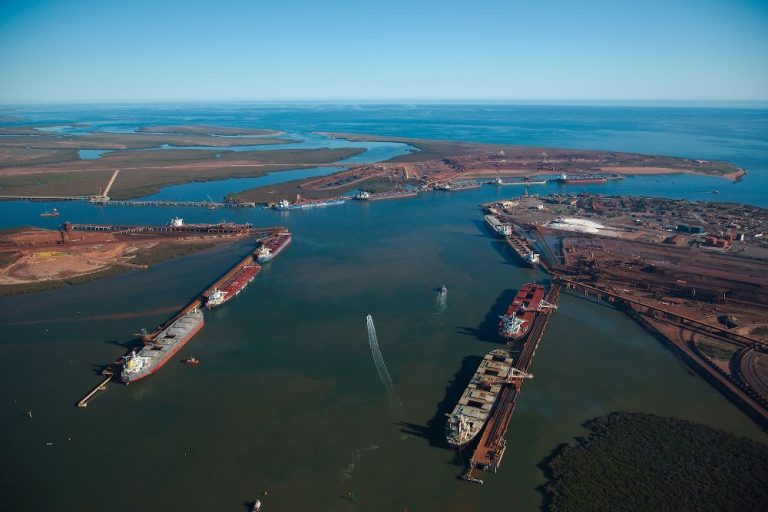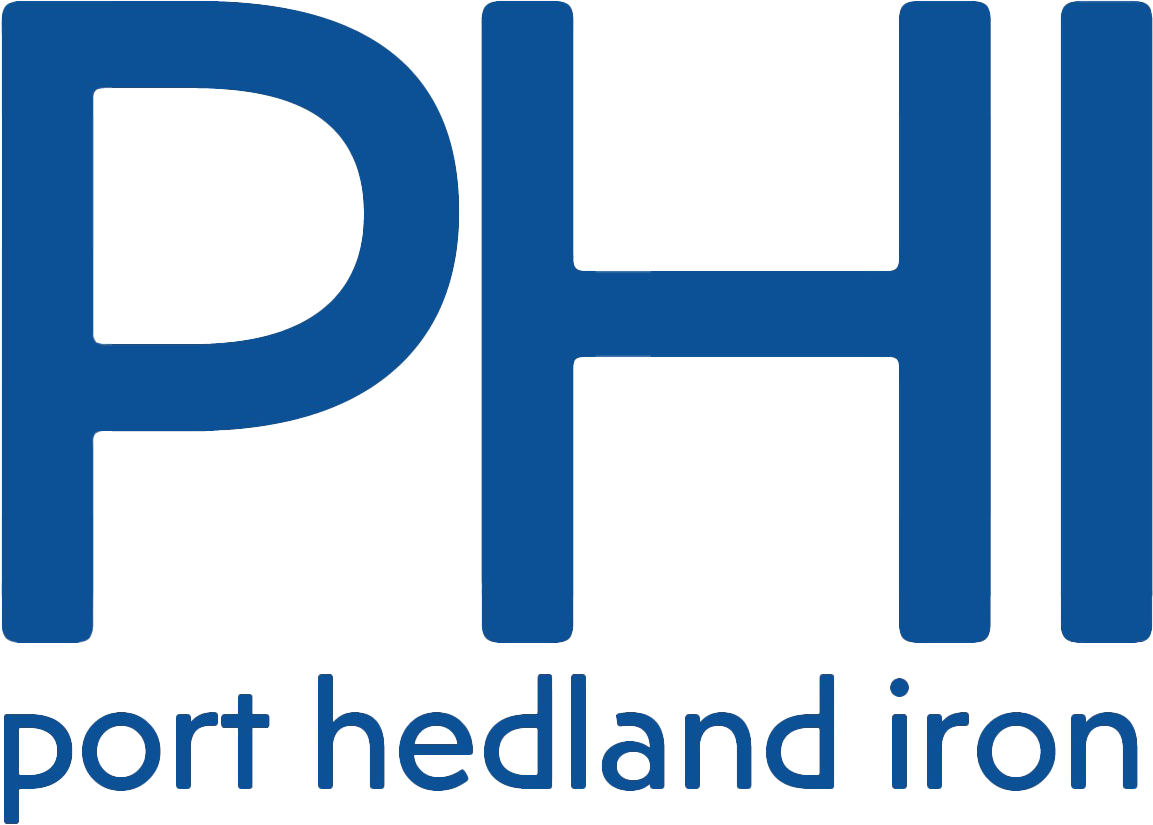Industry recognises community concerns around dust and has invested heavily for more than a decade to ensure continuous improvement and to implement leading dust mitigation measures
Port users including PHIC members handling or exporting bulk commodities through the port operate under Part V environmental licences issued under the Environmental Protection Act, which set out requirements to manage, monitor and report on dust emission levels.
Port users have invested heavily in the implementation of leading dust mitigation practices at Port Hedland Port operations since 2002 and this continues today.
All port operations use a range of dust control measures and employ leading dust mitigation measures. These include but are not limited to:
- Dust elimination – which focuses on the control of dust being generated, such as moisture control of the product for storage and handling, and water spray systems at key operational areas.
- Engineering or infrastructure controls - such as enclosed conveyors and ship loader chutes, wind fences, vegetation barriers, and sealing major traffic areas to reduce dust emissions.
- Administrative controls - including policies, plans, procedures, and work instructions used by personnel to ensure effective management of materials.
Sources of Dust in Port Hedland
- Industrial – includes all material handling processes at the port.
- Commercial – includes all non-industrial sources particularly those contained within the Wedgefield light industrial estate and commercial areas within the airshed including along Redbank and within the West end of Porth Hedland itself.
- Residential – although not a major contributor to particulates in the Port Hedland airshed, emissions from vehicle traffic from both sealed and unsealed roads (inclusive of emissions from the exhaust, brakes, and tyres), wood fires (barbeques), recreational boating and lawnmowing are sources of dust.
- Biogenic (natural) – emissions from biogenic sources can be highly variable (spatially and temporal) including sea salt, wind erosion of exposed surfaces, and wildfires.
Factors other than industry that are likely to contribute to higher dust readings include:
- Climate - The warmer and drier than average conditions experienced in Northern Australia in 2023/2024, combined with prevailing winds, can result in a loss of vegetation and topsoil.
- Regional bushfires
- Meteorological – including winds strength and direction, cyclones and other weather events.
- Local construction works – recently, there were several larger scale construction-works in progress around the Port, South Hedland, and Wedgefield, which could generate dust at Taplin Street, depending on prevailing winds.










